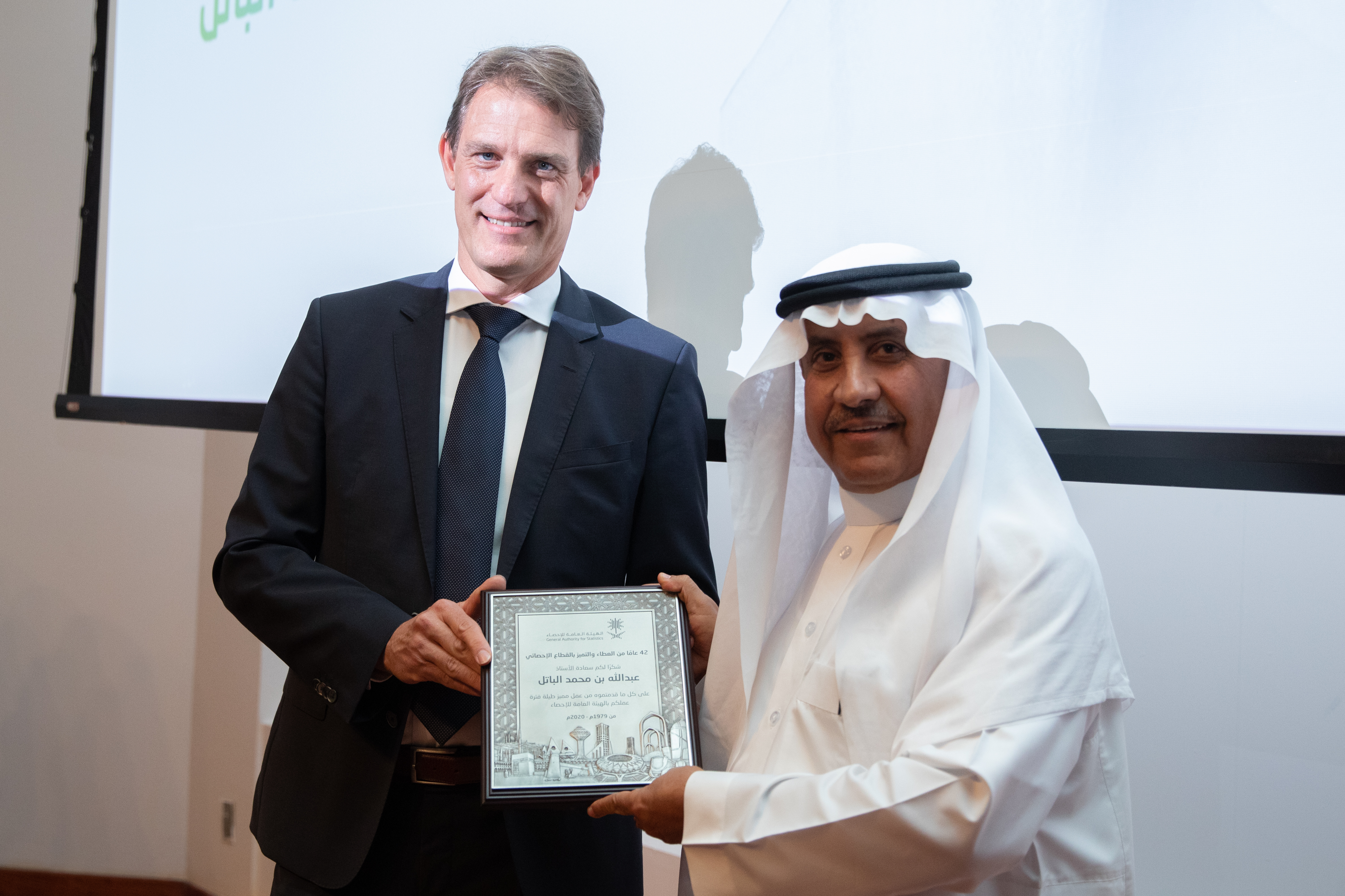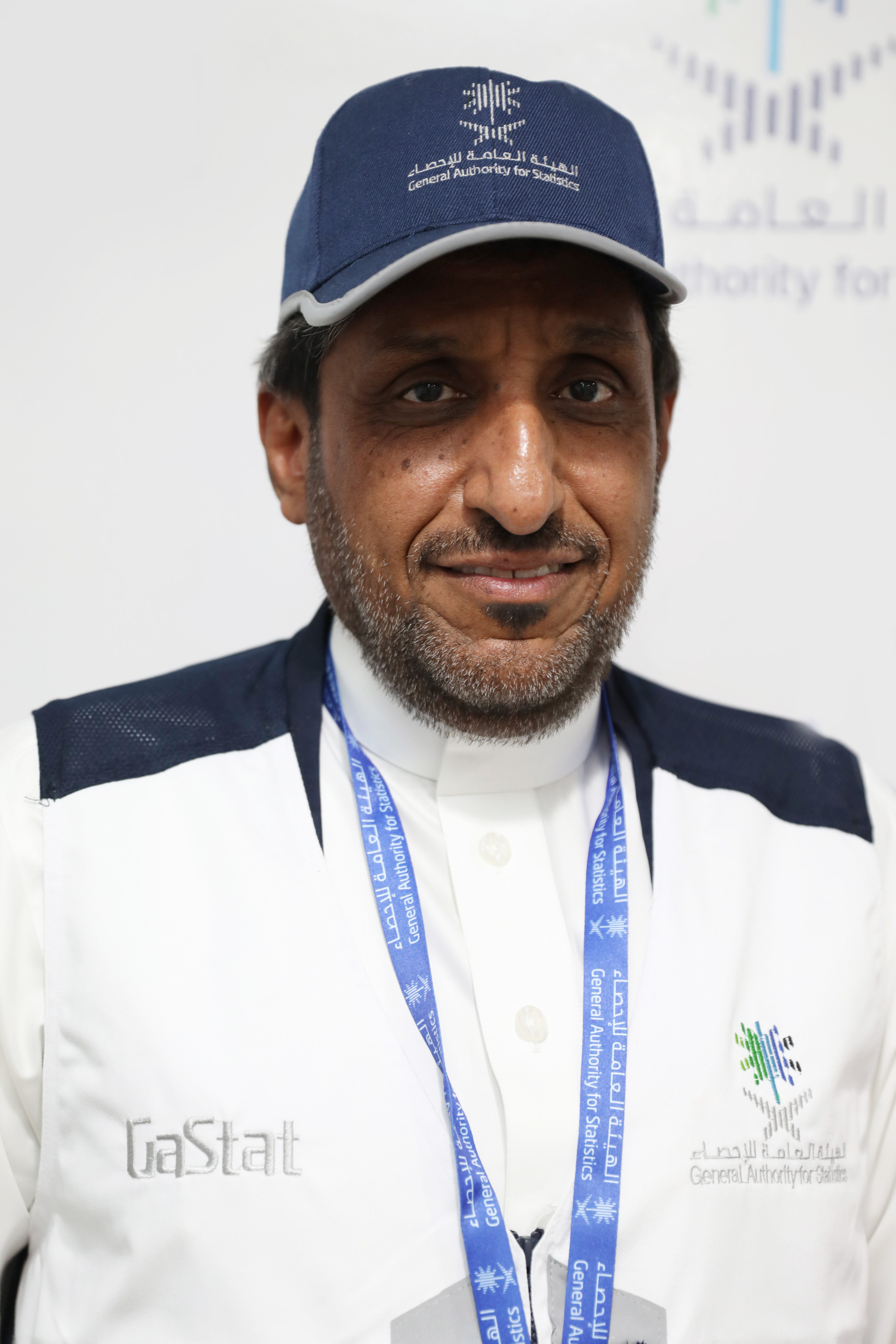Official government website of the Government of the Kingdom of Saudi Arabia
Links to official Saudi websites end withgov.sa
All links to official websites of government agencies in the Kingdom ofSaudi Arabia end with .gov.sa
Government websites use theHTTPSprotocol for encryption and security.
Secure websites in the Kingdom of Saudi Arabia use the HTTPS protocolfor encryption.
The General Authority for Statistics is seeking the opinion and comments of the public for the proposed Statistics Law
24-11-2020
GASTAT Releases the Real-Estate Price Index report for the 3rd Quarter 2020
19-11-2020

GASTAT president honors Albatel after a successful career path that lasts for 40 years
16-11-2020
GASTAT: The unemployment rate of the total population and the Saudis decreased during the first quarter of 2019 compared to the last quarter of 2018
19-10-2020
GASTAT releases the results of Labor Market Statistics Q1 2020
15-07-2020

Al-Fuhaid: Those who exist in the two holy mosques, hospitals and hotels will be counted on the first day of the actual enumeration stage
01-03-2020
GASTAT: the percentage of occupied dwellings of Saudi households increase up to 62.08% and rentals drop to 35.49%
15-11-2019

Spokesman of GASTAT: success partners are welcome to work in the 2020 Census
23-10-2019
The General Authority for Statistics is seeking the opinion and comments of the public for the proposed Statistics Law
24-11-2020
GASTAT Releases the Real-Estate Price Index report for the 3rd Quarter 2020
19-11-2020

GASTAT president honors Albatel after a successful career path that lasts for 40 years
16-11-2020
GASTAT: The unemployment rate of the total population and the Saudis decreased during the first quarter of 2019 compared to the last quarter of 2018
19-10-2020
GASTAT releases the results of Labor Market Statistics Q1 2020
15-07-2020

Al-Fuhaid: Those who exist in the two holy mosques, hospitals and hotels will be counted on the first day of the actual enumeration stage
01-03-2020
GASTAT: the percentage of occupied dwellings of Saudi households increase up to 62.08% and rentals drop to 35.49%
15-11-2019

Spokesman of GASTAT: success partners are welcome to work in the 2020 Census
23-10-2019